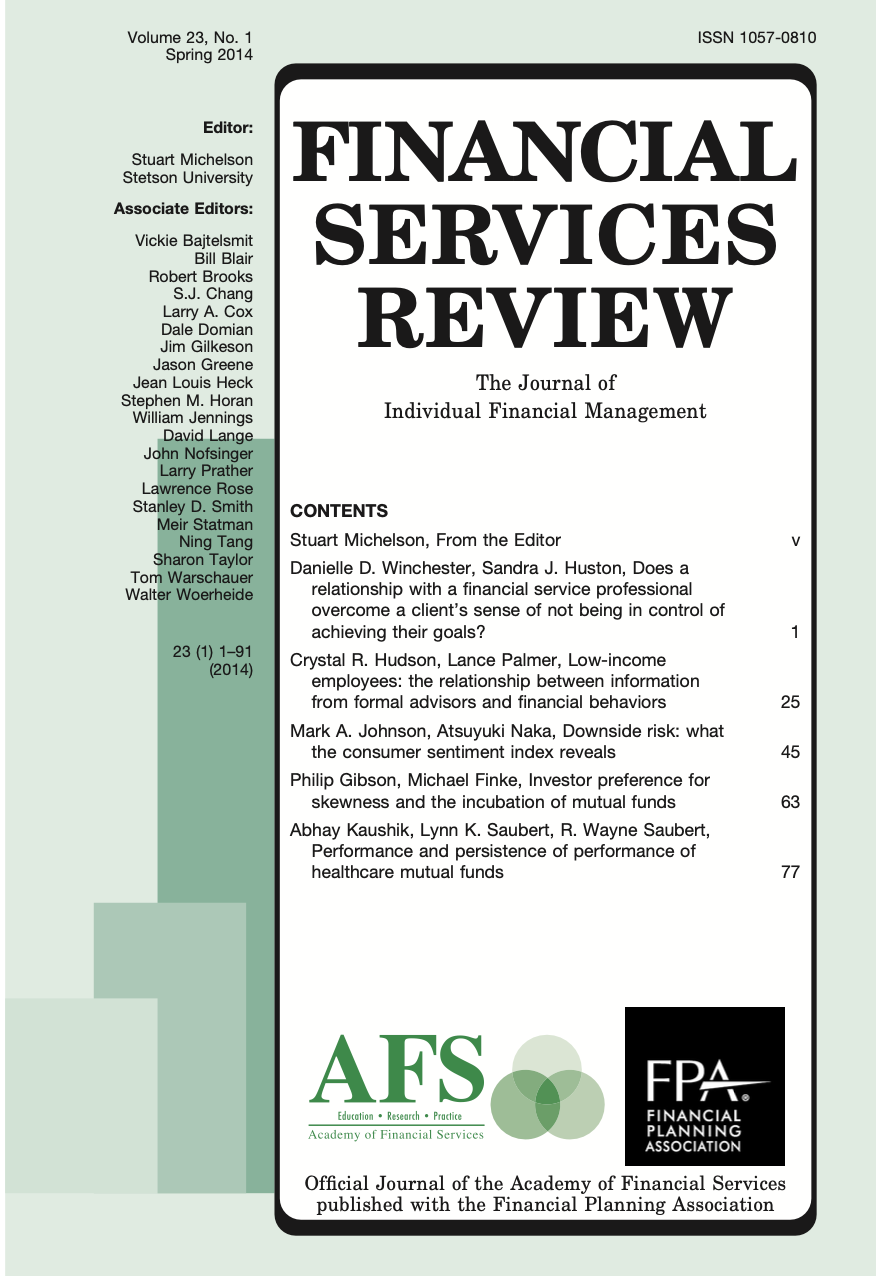Investor preference for skewness and the incubation of mutual funds
DOI:
https://doi.org/10.61190/fsr.v23i1.3186Keywords:
Performance, Expense ratio, Skewness, Incubation, Mutual fundsAbstract
Mutual fund companies market the strong performance of funds created through incubation to gain the attention of investors who value recent returns. This creates an incentive for fund families to select highly skewed securities because extreme performance during incubation will increase the likelihood that some funds will outperform before they are sold to the public. Although incubation is as an innovative fund promotion technique, it may harm investors by creating the perception that random prior returns are a signal of fund quality. We find that net new money flow increases with an incubated fund’s skewness. After incubated funds are sold to the public, skewed funds attract more investor dollars and their average performance declines. These results suggest that the use of skewed securities during incubation is an effective method for increasing demand, but may be a poor quality signal of future performance.
Downloads
Published
How to Cite
Issue
Section
License
Copyright (c) 2014 Academy of Financial Services

This work is licensed under a Creative Commons Attribution-NonCommercial 4.0 International License.
Author(s) retain copyright and grant the Journal right of first publication with the work simultaneously licensed under a Creative Commons Attribution-NonCommercial 4.0 International License that allows to share the work with an acknowledgment of the work's authorship and initial publication in this Journal.
This license allows the author to remix, tweak, and build upon the original work non-commercially. The new work(s) must be non-commercial and acknowledge the original work.


